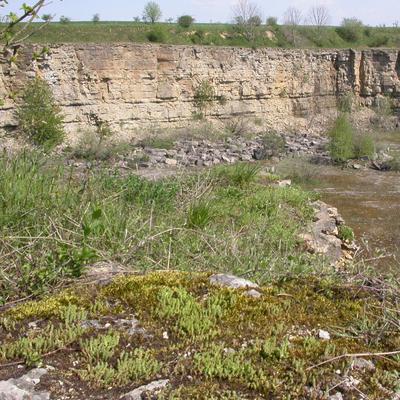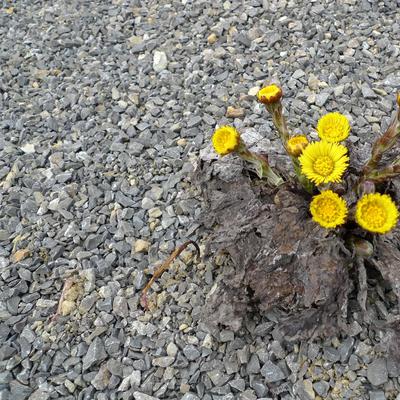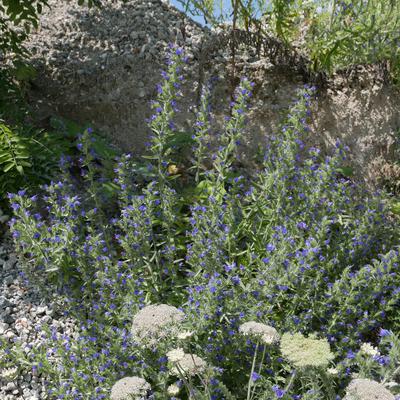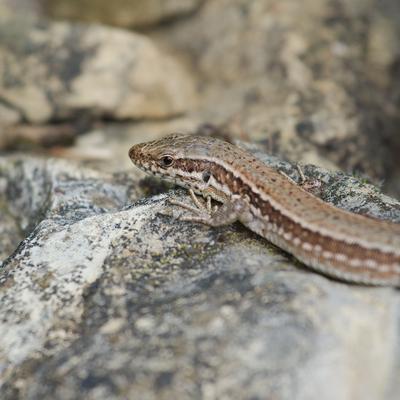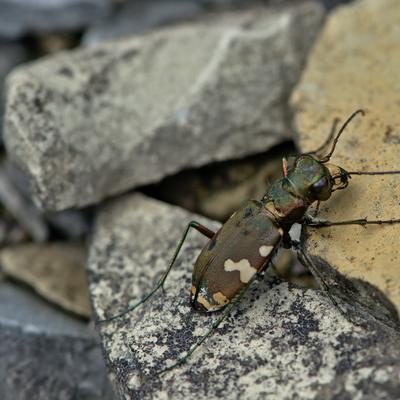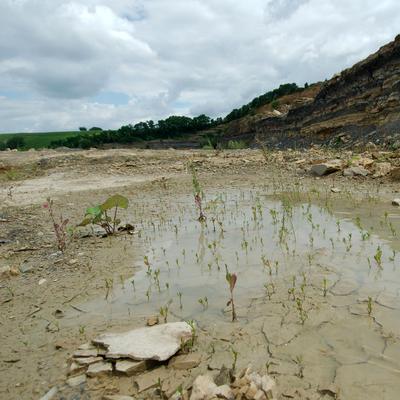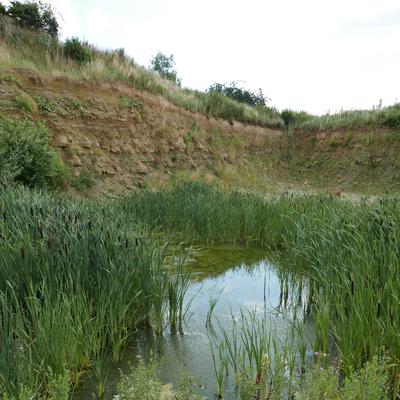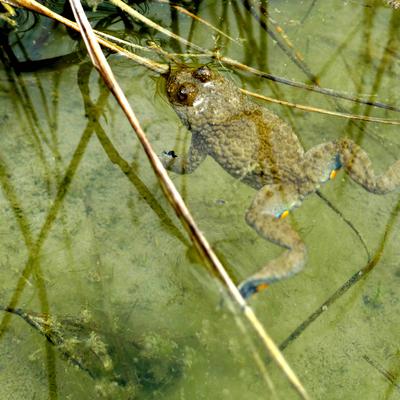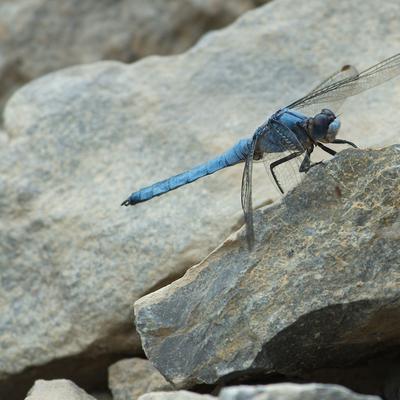The stone quarry – a vital piece of nature
For many years, it was the first option to re-fill clay pits, quarries and surface mines. Nature protection aimed at restoring the pre-exploitation landscape. Now it is common knowledge that abandoned pits gradually become reserves for animals and plants that otherwise disappear from our strongly exploited agricultural landscape. Thus, quarries transform into valuable secondary habitats, even when the noisy stone crushing machines are still thudding. This is a positive development the industrial association Industrieverband Steine und Erden Baden-Württemberg supports and approves of.
Hence, the yellow bellied toad is becoming a common quarry denizen since its original spawning puddles on dirt roads disappeared under tarmac surfaces. Frogbit and bulrush, newts and tree frogs appear as soon as water accumulates in warm and shallow ponds. Where large open pit mines exist, the little ring plover runs along the gravel banks. Even big eagle owls or peregrine falcons nest in the steep walls of many Muschelkalk quarries. Stonecrop and orchids grow on dry quarry slopes that provide shelter for the thermophilic wall lizard.
Hence, if you revisit a closed down quarry over the years, you can see how nature recaptures it step by step and how something new develops – a vital piece of nature.
Quarry Künzelsau-Garnberg, Panorama Magnus Hagdorn

